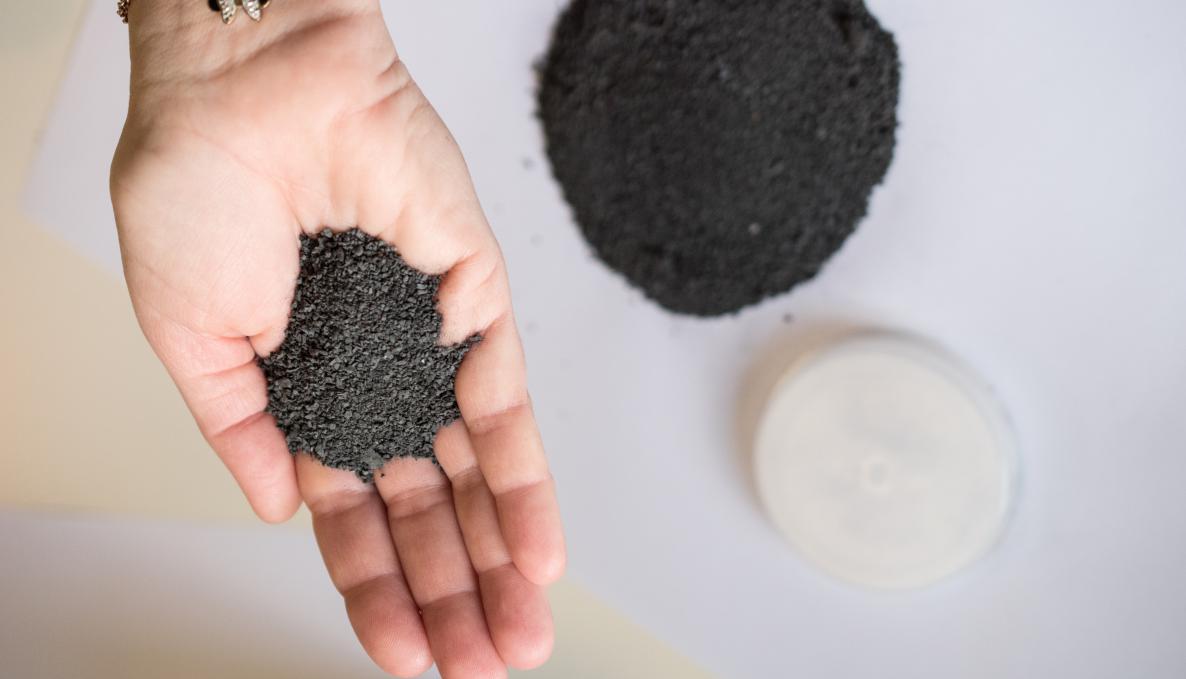Advanced digital systems: the european project iSlag is nearing completion at the Sant'Anna School, which can optimize the use of slag. Circular economy joins the steel production cycle
With funding from the European Union under the Research Fund for Coal and Steel (RFCS) line, the project is coordinated by the Sant'Anna School and the scientific leader is Valentina Colla, researcher at the TeCIP Institute (Telecommunications, Informatics and Photonics)

The European project iSlag, coordinated by the Sant'Anna School, for which Valentina Colla, researcher at the TeCIP (Telecommunications, Informatics and Photonics) Institute, is leading, and funded by the European Union under the Research Fund for Coal and Steel (RFCS) line, is nearing its conclusion, with the aim of supporting better reuse of slag resulting from the electrical steelmaking process by precisely and quickly defining its characteristics and exploring new pathways for reuse, to facilitate the application of practices known as "industrial symbiosis", or interaction between different steel mills, to maximize the reuse of resources usually considered waste.
Slag accounts for about 90 percent of the by-products of the steelmaking cycle. They are of different types: some can be destined for cement production, others used to purify water, and still others can be exploited in the form of sand as fill for embankments, disused quarries and road subgrades. The study conducted through the European iSlag project provides insight into the characteristics and composition of slag, using methods that will enable companies to make timely decisions on how to use it. When we talk about slag in the steel production cycle, the reference goes to volumes that are considered very large, taking up a lot of space in storage areas, where it often accumulates. Having a tool to know in advance the possibilities of reuse would allow better management of destinations and movements within the processing areas.
Significant achievements have been made thanks to the European iSlag project, such as the creation of innovative devices for the characterization of liquid and solid slag, simulation and predictive tools that allow one to know the characteristics and composition of the slag that will come out of a certain production cycle before production even begins. A model exploiting an approach that the research team calls "machine learning" and "physical modeling" has also been developed in a "license-free" programming environment. In practice, the algorithm, which refines the parameters of the neural network based on experimental data, is "aided" and "guided" by considering in the procedure of refining the internal parameters also relationships derived from the physics and chemistry of the process. The models are said to be "computationally efficient" because, once trained, they can do the computation in very little time and without requiring large computational resources.
Industries will therefore be able to have-thanks to the iSlag project-information on slag characteristics that can be exploited by decision-support systems, providing an aid to plant operators and managers for optimal utilization of slag inside and outside the steelmaking cycle. Indeed, the project supports the implementation of circular economy practices, a concept now considered a priority for the entire EU industry and also emphasized in the Strategic Research Agenda of the European Steel Technology Platform (ESTEP) and the Clean Steel Partnership (CSP).



